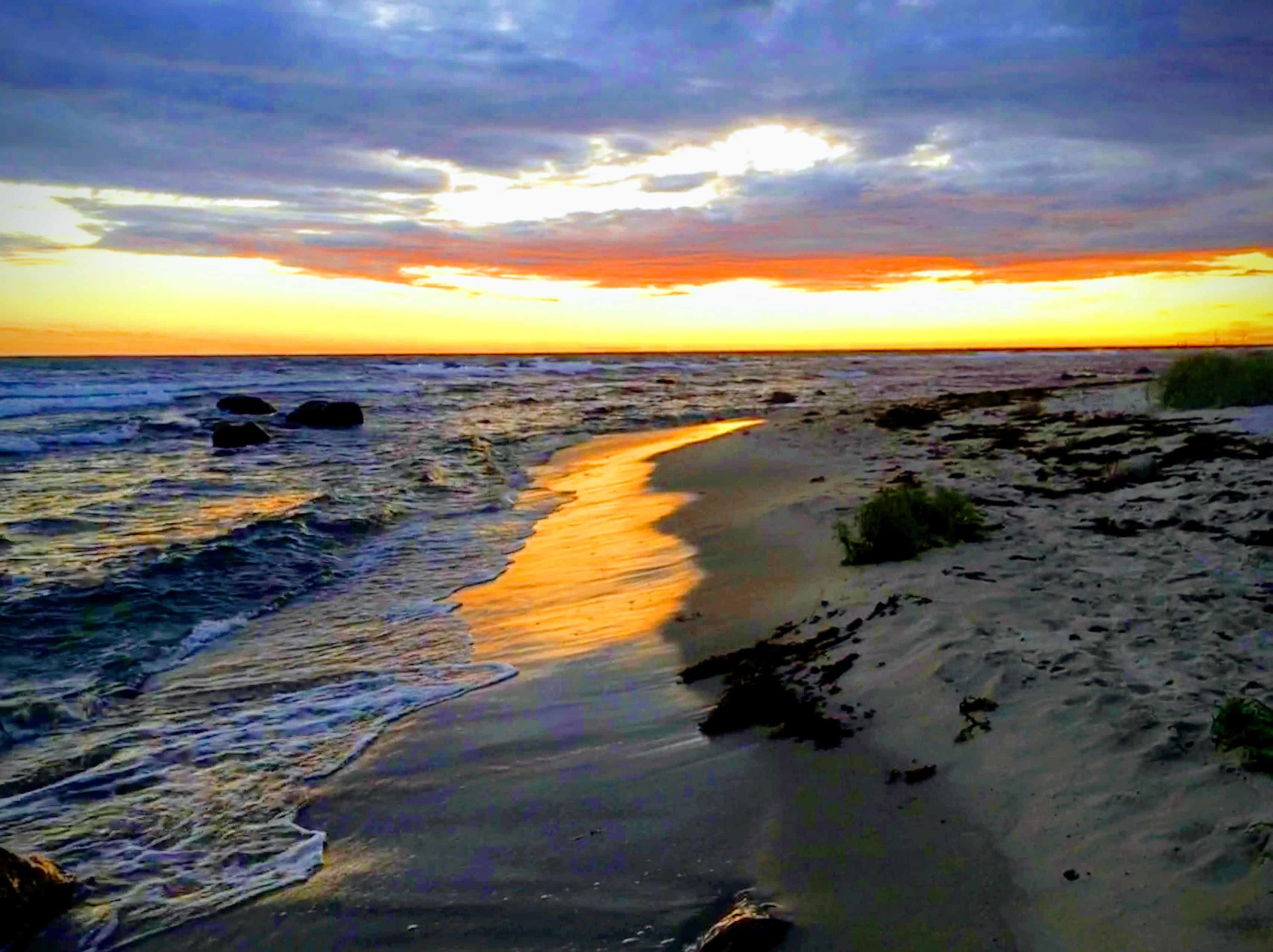On Saturday, June 20th, we have the summer solstice and thus the longest day of the year. How long the day lasts, however, depends a lot on where you are.
On Saturday, June 20th, the sun passes the highest point of its annual walk across the sky.
This time is called summer solstice, or in Danish summer solhverv.
The earth is sloping
The sun’s annual walk in the sky is due to the fact that the earth orbits the sun. The reason the sun is high in summer and low in winter is because the Earth’s axis of rotation drops 23.5 degrees from our orbit around the sun.
In addition, the axis always points in the same direction – towards the north star. For example, the northern hemisphere leans towards the sun in summer, causing the sun to rise high in the sky.
Conversely, the northern hemisphere tilts away from the sun in winter, leaving it low. However, the position of the sun in the sky is not the only factor that determines which arc the sun follows in a single day. Here, too, the geographical location plays a major role. So during the year there isn’t much of a difference between day and night near the equator.
The polar regions, on the other hand, have day and night, each about half a year.
Big local differences
In our latitudes, the relationship between day and night lies between these two extremes. In Denmark, the length of the day varies between around 17.5 hours at the summer solstice and around 7 hours at the winter solstice.
Although Denmark is a small point on the map, there are big differences within national borders. The day length on Saturday, June 21, is 18 hours and 6 minutes in Skagen, while the same day “only” lasts 17 hours and 17 minutes in Gedser.
So a trip to Skagen gives 49 minutes more sunshine – if the weather allows it!

